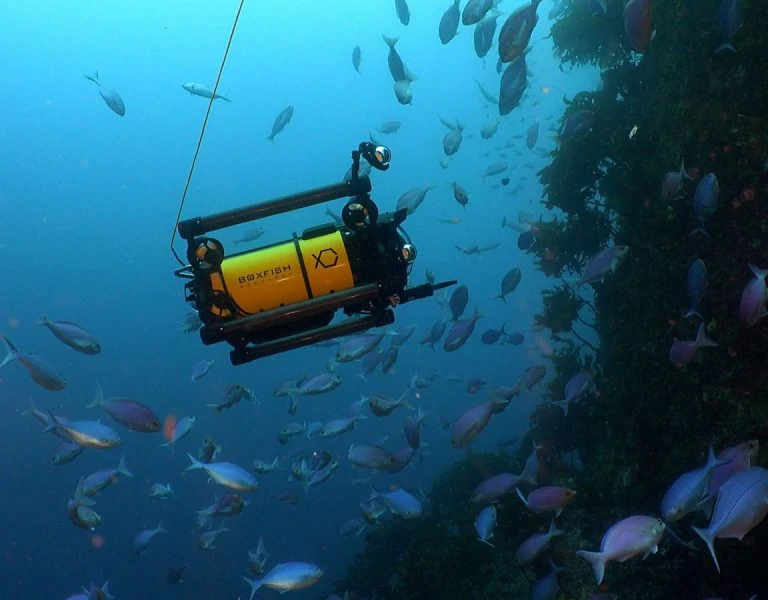
Full-service, German post production house, OMNIMAGO, has completed work to digitise 35mm films with a native resolution of 8K for NHK, Japan’s national broadcaster. Best known for its documentaries and factual series, NHK has also become synonymous with high-resolution broadcasting, pioneering the move to higher resolutions.
Launching the world’s first 8K channel, NHK BS8K, in December 2018, NHK was the first broadcaster in the world to broadcast in high-definition and UHD 8K, in an initiative to provide a ‘new era of full-scale super high vision’ for viewers.
The overall vision for NHK, described by NHK’s chief secretariat of 8K production, Atsushi Murayama, is “to create a TV image that is the closest to that of human vision”. While it is “technically possible” to develop 50K technology, he adds, 8K appears best to mimic the rates at which the human eye and brain process and perceive real-life images.
As part of this vision, NHK is delivering programming where important historical footage and images are restored in 8K for as many people as possible to enjoy. Working with OMNIMAGO, German distributor UNITEL and Japanese post production facility IMAGICA, several famous performances that were originally shot on 35mm film have been taken out of cold storage and remastered into Ultra-High-Definition 8K video for NHK.
UNITEL, founded by Dr. Leo Kirch and Herbert von Karajan in 1964, produces classical music for film and television, and was one of the first companies to produce music films in colour. It’s catalogue and audio visual production, meant they were an ideal choice for this project. The project, entitled “Ima Yomigaeru Densetsu no Mei-ensou – Mei-butai” (translated as ‘Recreations of Legendary Musical and Theatrical Performances’) included concerts conducted by giants of the 20th century music world, including Herbert von Karajan, Leonard Bernstein and Carlos Kleiber.
At the start of the project, OMNIMAGO first checked, repaired splices and cleaned the original 35mm negatives. The film was then scanned, using dft’s brand new OXScan 14K scanner – the world’s first Ultra High-Resolution film image scanner. During the process, HDTV files were sent over to NHK and IMAGICA for quality checking, before being supplied in 8K to IMAGICA for colour correction and final restoration.

On this project, OXScan 14K scanner delivered 8K images with precise RGB colour sampling, ensuring they closely represented the original film material. In addition, it’s ultra-precise pin and sprocket film transport mechanism provides the levels of image stability required for these high levels of resolution and gives the user confidence in both horizontal and vertical image stability.
The team at OMNIMAGO worked closely with dft’s technical team to ensure the project went smoothly, improving the speed of handling and image quality as the project progressed. “We needed to scan 19 different movies in total, to produce 1200 minutes of 8K footage”, explained Olaf Legenbauer, project manager at OMNIMAGO, “and although this was the first time OXScan 14K was being used for commercial projects, we found it simple to use and it worked seamlessly with our workflow. At first we were concerned that high
resolutions would significantly impact speed and workflow, due to the inherent file sizes, but we actually found the process to be smooth and economical.”
Peter Fries, managing director at OMNIMAGO, said: “This was an incredibly special, unusual and important project for NHK. We felt very privileged to have been asked to take part, and it also gave us an opportunity to use dft’s ground-breaking OXScan 14K scanner for the first time on a commercial project. The whole team were incredibly impressed by the picture quality we delivered – it was an honour to see the finished result – which was far beyond that we have seen anywhere else.”











